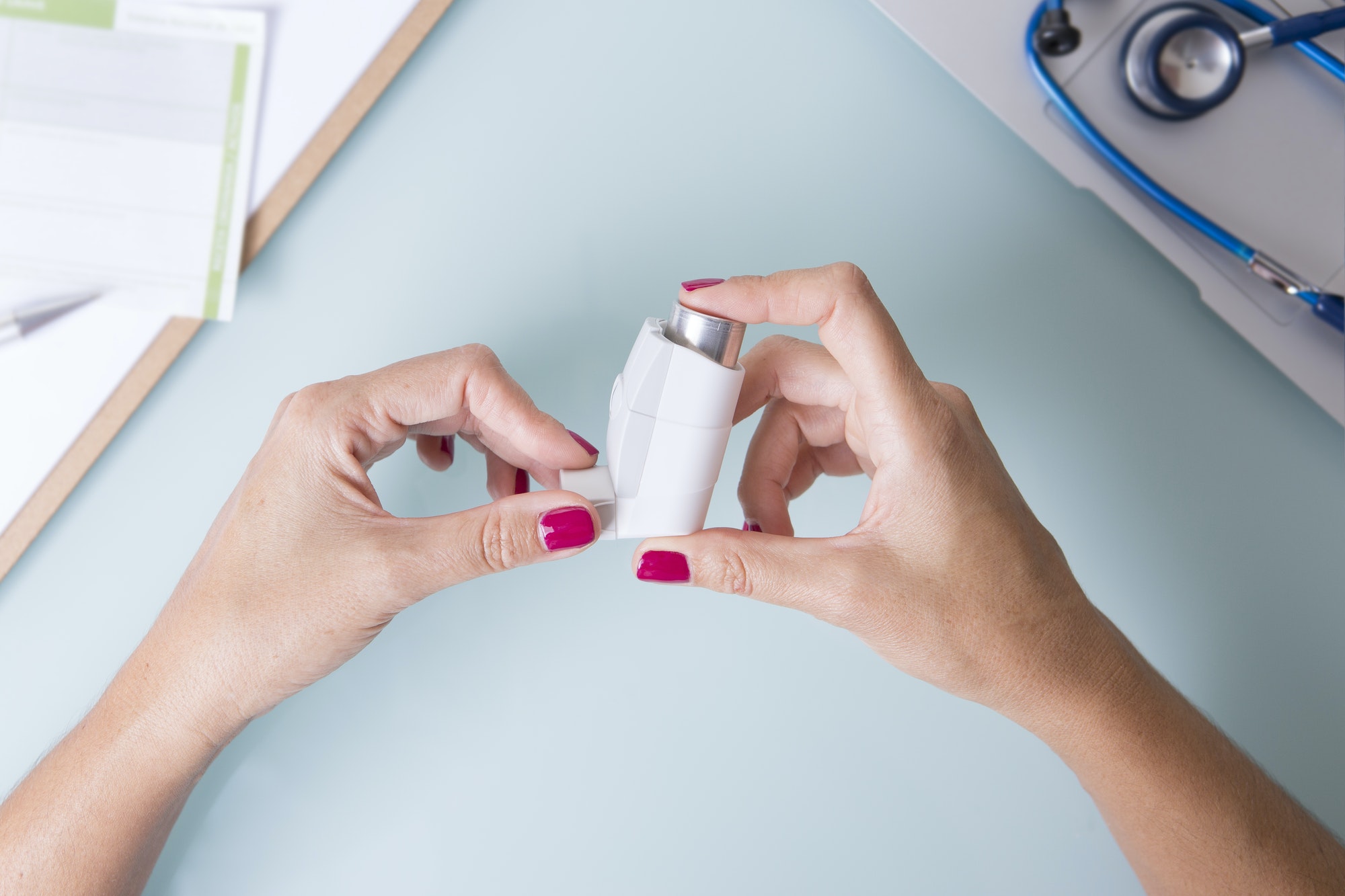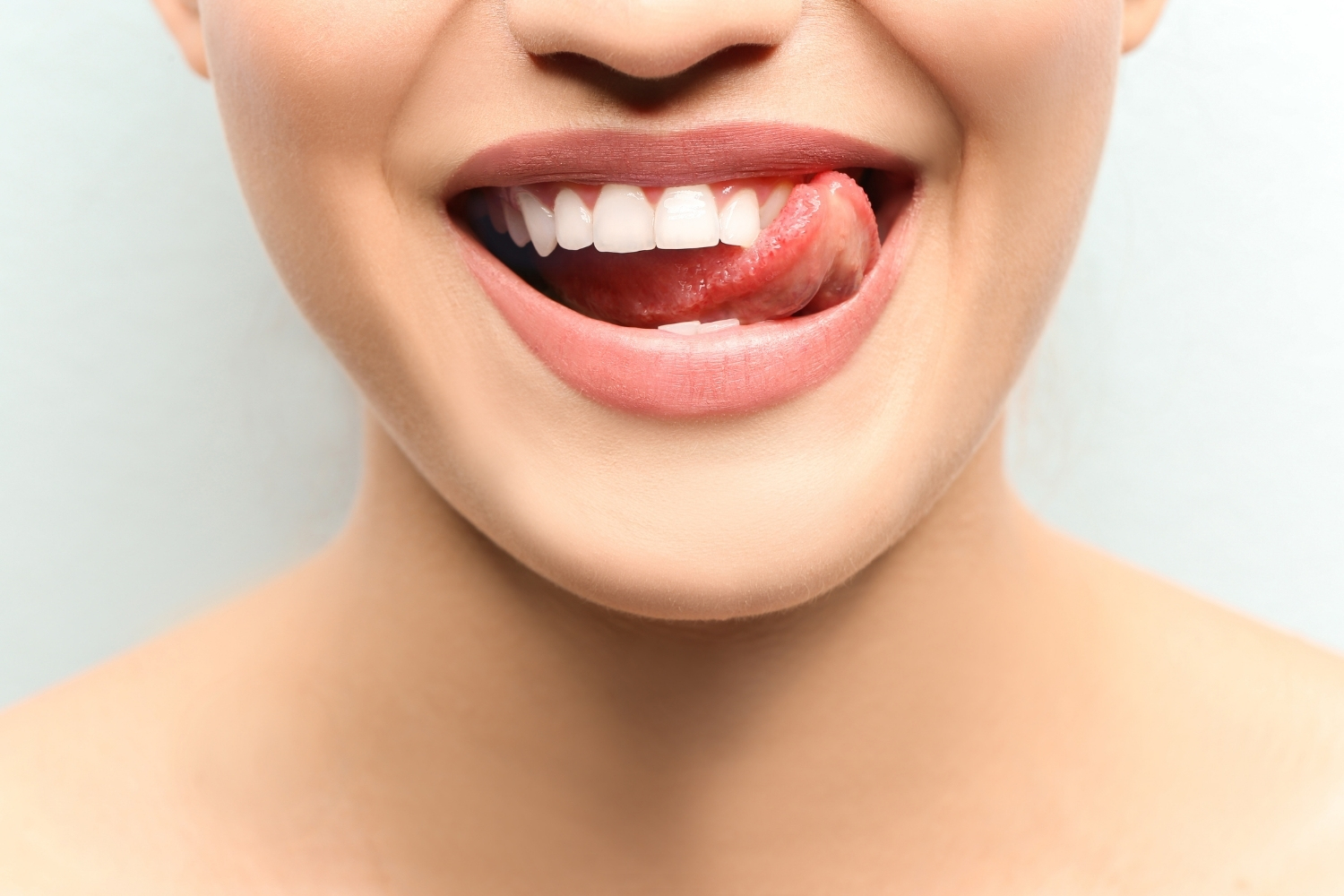Last Updated on: 19th December 2025, 09:30 am
Inhalers on dental health
In recent decades, respiratory problems and diseases have increased in children, youth, adults, and the elderly, associated with different factors depending on where they live and the lifestyle they live; triggering respiratory diseases of viral or bacterial origin or inflammatory processes triggered by other factors. Diseases such as Ama, COPD, obstructive bronchial syndrome, bronchiolitis, among others, increase the use of inhalers, aerosol or powder.
Types of therapeutic groups
In accordance with the preceding different types of therapeutic groups can be indicated for the management, control, or relief of respiratory diseases according to their progress. Some of these groups for treatment of respiratory diseases are (1) (2) (3):
Beta-adrenergic βagonists2: bronchodilators used by oral or inhalation route, for example: Terbutaline, Fenoterol, Salbutamol. They can have acid pH.
- Anticholinergics: such as Ipratropium Bromide that reduces the vagal tone of the respiratory tract and the secretion of the mucous glands.
- Corticosteroids: the most used is Prednisone, which reduces inflammatory symptoms by improving lung function. As far as adverse reactions, it can give dysphonia and candidiasis. Also, Beclomethasone (spray) treats allergy symptoms, such as a stuffy nose, runny nose, sneezing, or itchy nose.
- Anti H1 antihistamines: antagonists at the H1 receptor, such as Ketotifen and Diphenhydramine, stabilize membranes and block the release of mediators, reducing epithelial damage or edema and mucus secretion. They also decrease salivary flow.
- Cromoglycate: reduce bronchial hyper reaction due to its anti-inflammatory properties. It can cause cough and irritative pharyngitis, and a decrease in salivary pH values after use.
- Theophylline: bronchodilator, antiasthmatic for systemic use that acts by relaxing the smooth muscles of the bronchial tree and the pulmonary vessels by direct action on them.
The respiratory route
The respiratory route can administer these drugs, and allow them to reach the affected site (bronchi and bronchioles), the following are used:
- metered-dose inhalers – Pressurized controlled dose or metered-dose inhalers (MDI).
- dry powder inhalers
- nebulizers
Long duration of inhalation therapy
Studies have shown that high doses and long duration of inhalation therapy have been closely related to various adverse effects on oral tissues. Since most of the inhaled drug is retained in the oral cavity and oropharynx, it can interfere with the normal physiology of oral tissues. Therefore, this can represent various oral conditions such as xerostomia, tooth decay, candidiasis, ulceration, gingivitis, periodontitis, and taste changes associated with inhalation therapy.
The primary mechanism involved is the reduction of salivary flow. Other mechanisms involved are acid pH in the oral cavity induced by inhaled drugs (particularly inhaled dry powder), lifestyle (poor oral hygiene and increased consumption of sweet and acidic beverages), gastroesophageal reflux, and deterioration of local immunity. (4)
Use of beta-2
Prolonged use of beta-2 agonists (bronchodilators) is associated with a higher frequency of cavities due to their effect on salivary glands; since in the parotid glands and other salivary glands, beta-2 receptors are present. Therefore, long-term use of beta-2 agonists is associated with decreased saliva production and secretion. These studies suggest a reduction in total and parotid saliva flow rates by 26% and 36%, respectively. The reduction in the amount of saliva could lead to an increase in lactobacilli and Streptococcus mutans in the oral cavity. This factor is one of the main factors that contribute to the increase in the rate of cavities. (4)
Important of Saliva
The previous is important, since saliva is composed of water and a variety of organic and inorganic components that allow oral protection from microorganisms, lubrication for chewing, and protection of dental structures. It allows the mechanical cleaning of food some microorganisms. Its physiological functions are to supply food to the oral microbiota, transport antimicrobial factors, and contribute to the maintenance and balance of the microbial flora. (4)
On the other hand, saliva participates in the maintenance and control of pH in the oral cavity, sometimes reaching values of 7.67 generating a basic environment, which may be due to physiological systems. It has been identified that the use of these inhalers can alter the salivary pH, taking it to values below 5.5, which can lead to demineralization of tooth enamel. (5)
Clinical management and recommendations (4) (5)
The diagnosis of each of these oral manifestations due to the use of inhalers must be carried out by dentists, and sometimes diagnostic tests are necessary to specifically identify the affectation such as:
- Xerostomia (low flow of saliva, generates dry mouth).
- Tooth decay (due to time-dependent imbalance of saliva, plaque, tooth, microflora, and food).
- Changes in the Oral mucosa (generating canker sores and ulcerations, whitish, painful, and inflammatory)
- More pronounced and yellowish ulcerations.
- Taste alterations if any of the above is present.
- Halitosis, Gingivitis, Periodontitis, and other oral health problems.
Early identification, recommendations, hygiene, and notification to your dentist is the key to minimize and prevent these problems from occurring; controlling possible signs, and symptoms, thus avoiding more serious complications while being timely in the diagnosis. It is possible that it may require additional treatment with procedures and medications for a time, which can sometimes be painful, when it is not identified early and in a timely manner.
Avoid adverse effects of inhalers on dental health
Following the above, it is important to educate patients and indicate the proper handling and possible adverse effects of inhalers, as well as:
- The use of inhalers with a spacer device is suggested to reduce medication deposits in the oral cavity and oropharynx.
- Schedule regular dental check-ups at least every 6 months.
- Promote practices of oral hygiene that include proper tooth brushing after every meal and flossing at least once a day.
- Instruct patients to properly rinse their mouths with neutral pH or basic mouthwashes (milk, water, 0.05% sodium fluoride mouthwashes) immediately after using an inhaler, especially before bedtime. This is to counteract the acidic pH of dry powder inhalers.
- Immediate tooth brushing after using the inhaler should be avoided as it can damage enamel already weakened due to acidic pH.
- Recommend the use of antimicrobial mouthwashes such as chlorhexidine mouthwashes (0.2%).
- Diet modification is recommended that includes restricting sugary foods or drinks between meals, avoiding refined carbohydrates, and eating foods rich in starch and fiber. Foods like fruits, vegetables, cheese, peanuts have a low cariogenic potential.
- Recommend drinking water often to compensate for xerostomia.
- Schedule a greater number of dental check-ups and apply an appropriate preventive program (topical fluoride, remineralizers, placement of pit and fissure sealants) that includes control of brushing and diet.
Healthcare for patients with respiratory disorders requires a multidisciplinary approach. The identification and diagnosis by the treating dentist and the health team to make them aware that the population who use inhaled medications represent a high risk for the development of several relevant secondary events at the oral level (erosion, dental caries, gingivitis, etc.); emphasizing the need for specific educational-preventive programs. (6)
Contact us
If you have any questions about this or other topics, you can contact us at Channel Island Family Dental as well as our Facebook page. We look forward to your visit and will make a timely diagnosis. Our dentists in Oxnard, Santa Paula, Ventura, Newbury Park, and Port Hueneme will be able to guide you towards the best treatment to take care of your health and return your best smile.


















